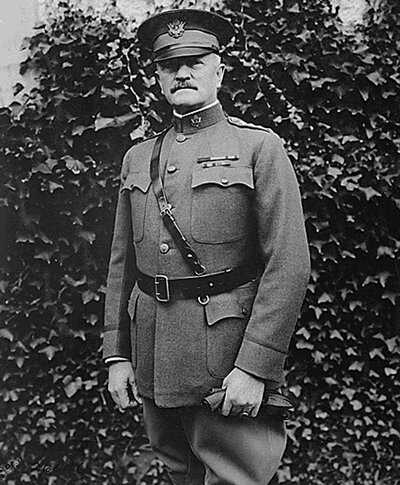Before WWII, the US was not “war-minded”, it was barely “defense-minded”. Convincing the government that we had to prepare for war was a challenge and a half for the military.
In 1940, the Army requested 166 airplanes and Congress approved only 57. The Army wanted 4-motor bombers and none were approved. Congress explained that those were “aggressive” weapons and thus not appropriate for the defensive posture the US was assuming.
Part of this defense mindset, or at least the attempt at one, stemmed from agreements made in Geneva in 1934. The US delegates to the Geneva Disarmament Conference had argued against having aggressive weapons. This conference was a failed attempt to disarm the world. 





With two decades of peace, the US Army had reached a state of decay and decline from which it could not effectively be restored. This was not a matter of simply adding more weapons and people – the Army needed to be redesigned and built up quickly.
It is easy to point fingers at Congress, but it was not all their fault. There was an attempt made, after WWII ended, to shift the pre-WWII blame to include “an attitude of complacency” among “many persons in the military agencies” after 1919.
And “largely as a result of this attitude Congressional appropriations for the support of our national defense were reduced to a dangerous minimum.”
The War Department wasn’t having this. The Under Secretary’s office gathered a range of data to show just how uncomplacent the War Department had been.
Annual reports from War Secretary John W. Weeks in 1921, 1922, and 1923 showed warnings that “our present combat strength will be insufficient to fulfill the functions required by our national defense policy.” 

“Additional cuts would endanger our safety” and “factors which introduce causes for war are now in the making; it is the height of folly to continue the present policy of cutting our financial support of the War Department… We are already cut below our vital needs.” 

Similar complaints were raised regarding military preparedness, or lack thereof, in the annual reports from War Secretary Dwight F. Davis in 1925 through 1928, as well as his successors – Patrick J. Hurley, George H. Dern, and Harry H. Woodring. 





And similar warnings can be found in the reports and speeches of General Pershing and every succeeding Army Chief of Staff. 



On 4 July 1925 Pershing noted: “Under our eyes there have already been serious reductions made by Congress… the politician, himself often uninformed as to his country’s history, frequently appeals to the ignorant and unthinking on the score of economy.” 

GEN Douglas MacArthur, talking of the personnel shortage, said in 1934 “In many cases there is but one officer on duty with an entire battalion; this lack of officers [has] brought Army training in the United States to a virtual standstill… correction is mandatory.” 

MacArthur, on materiel stocks, said they were “inadequate even for limited forces… and such as they are, manifestly obsolescent. The secrets of our weakness are secrets only to our own people.” 

In a report from 1935, Secretary of War George Dern predicted, in the event of war “we should find that our so-called economies have in reality been a hideously extravagant waste of money and lives.” (Dern, left, BG James Parsons, and MG Malin Craig) 

“Not until our country saw its former democratic allies and friends struck down in quick succession did our Congress, representing accurately the view of our public, authorize fiscal appropriations necessary to make any adequate defense.” 

“Until such Congressional action, no increased American armies would be raised and paid for and no contracts for munitions could be entered into.” 

Several times during the Interwar Years, Congress challenged generals with “if you did not get all you need it is because you do not ask for it” and generals pushed back because they absolutely asked for things that were denied.
MacArthur, in 1932, in pleading for building the Army’s armored forces, said, “they suffer tremendously from one thing and one thing only – that Congress will not give them enough money to equip them properly with modern tanks.”
If you're just tuning in or you've missed any of the previous threads, you can find them all saved on this account under ⚡️Moments or with this direct link twitter.com/i/events/13642…
• • •
Missing some Tweet in this thread? You can try to
force a refresh


























